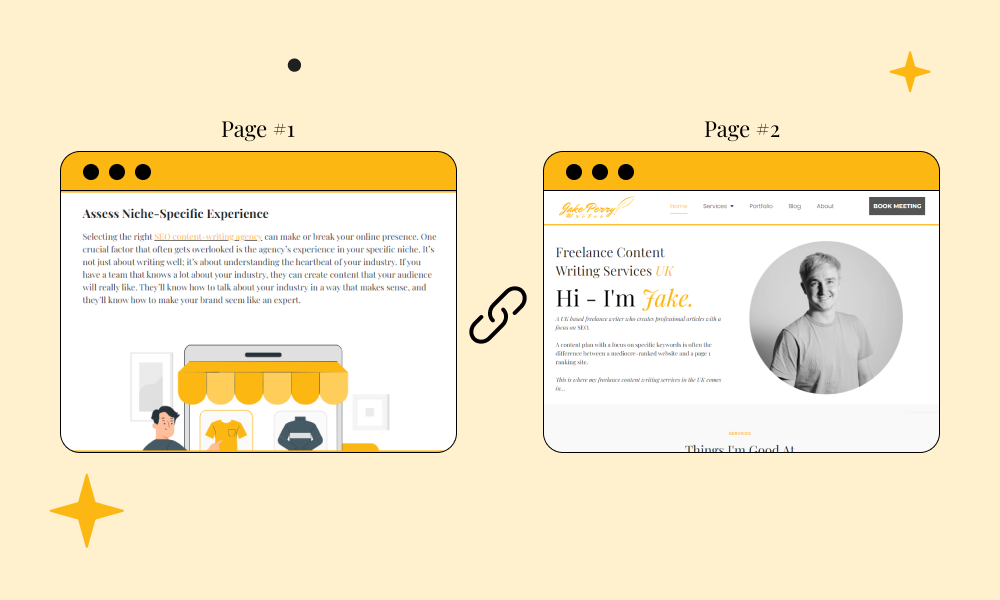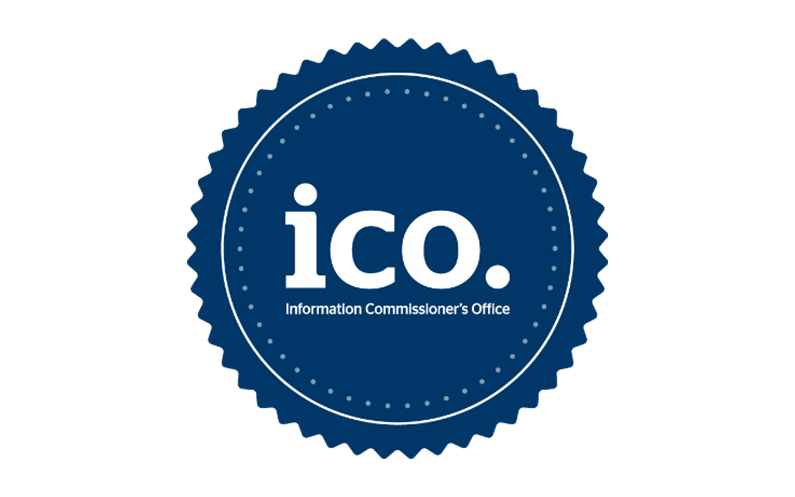Crafting the perfect web of interlinks within blog posts is both an art and a science in terms of value seo content writing, as revealed by the diverse strategies from founders and digital marketers. From adding value with relevant internal links to maintaining a natural flow with organic links, discover the six distinct methods they employ to strike the right balance and enhance their content’s performance.
- Add Value with Relevant Internal Links
- Optimize Linking for Credibility and SEO
- Balance Internal and External Links Strategically
- Enhance User Experience with Careful Interlinking
- Focus on Contextual Relevance in Interlinking
- Maintain Natural Flow with Organic Links
Table of Contents
ToggleAdd Value with Relevant Internal Links
How we link internally within our blog posts is all about relevance and adding value. For instance, a blog post on wine pairings will include, on average, 4-6 internal links that can increase page views and reduce bounce rates because they keep your readers consuming more of your content—lowering your bounce rate as they do more browsing on your site.

If we do include external links (which is less frequent than internal links), we pick 1-2 high-authority sites to corroborate any fact or statistic. This strategy not only lends credibility to our content but also helps position our blog as the place to find more on a certain topic. For our target reader, the goal is to provide value so that reading one blog post opens the door to browsing other content on our blogs.
Mark McShane, Founder, HARO Link Building
Optimize Linking for Credibility and SEO
While crafting blog posts at my workplace, I try to insert no more than 2-5 external links for long blog posts. I always prioritize linking to reputable sources or highly authoritative websites. External links enhance credibility through citations and improve the website’s overall digital footprint.
However, when it comes to general concepts, explaining them while writing is better than redirecting to external links. While inserting internal links, I aim for around 4 per 600-word post, naturally weaving them into relevant content. Internal links support search engine optimization strategies and reduce bounce rates. Guiding readers to explore related posts, products, or services from a brand via internal linking not only helps them become more familiar with the company’s offerings.
Remember, the more thoughtfully and organically you link, the more likely readers are to click on it and explore the website’s offerings.
Faizan Khan, Public Relations and Content Marketing Specialist, Ubuy UK
Balance Internal and External Links Strategically
In my strategy for interlinking within blog posts, I typically include three to five internal links and one to two external links per article. My approach is to use internal links to direct readers to relevant content within our platform, enhancing their understanding and encouraging deeper engagement with our resources.
For external links, I select high-quality, authoritative sources that complement our content and provide further value to our readers. These practices are essential for SEO and for building a trustworthy resource that benefits our audience, fostering a community centered around shared knowledge and growth in the e-commerce sector.
Valentin Radu, CEO & Founder, Blogger, Speaker, Podcaster, Omniconvert
Enhance User Experience with Careful Interlinking
At RankWatch, we’ve honed a strategy for interlinking within blog posts that significantly enhances both user experience and our SEO efforts. Our approach is anchored in providing value to our readers while bolstering the authority of our site. For internal links, we aim for three to five per post, strategically placed to guide readers to related content, enhancing their learning journey and keeping them engaged with our site longer. This not only improves the user experience but also helps distribute page authority throughout our site, a crucial factor in SEO.
External links, typically two to three per post, are selected with equal care. We link to reputable sources to back our claims and provide readers with a pathway to further exploration. This practice establishes credibility and trust, showing our audience that we are well-researched and informed. It’s a delicate balance, but by focusing on the value each link offers to the reader, we’ve been able to turn our blog into a comprehensive resource, encouraging deeper engagement and supporting our SEO strategy.
Sahil Kakkar, CEO & Founder, RankWatch
Focus on Contextual Relevance in Interlinking
When integrating interlinking within blog posts, my preferred strategy focuses on enhancing the user experience and supporting the website’s SEO goals, particularly emphasizing linking to service-related pages while minimizing external backlinks. This approach is rooted in steering the reader’s journey through the website, ensuring they have access to relevant, deeper insights, and services that complement the blog post’s content.
For internal links, I aim to include 3 to 5 links per 1,000 words, carefully selecting these links so that they are contextually relevant and offer real value to the reader. These links are directed towards service pages or other blog posts that expand on a topic mentioned, answer a related question, or introduce a service that solves a problem discussed in the post.
External backlinks are used sparingly, with a general guideline of including no more than 1 to 2 per 1,000 words, and only when absolutely necessary to provide a reference or source for factual information. The focus on minimizing external links is strategic; it helps keep the reader within the website’s ecosystem, reducing the risk of diverting traffic away. When external links are used, they are chosen based on the credibility of the source and the direct relevance to the content. It’s important to ensure these links open in a new tab to improve the user experience by making it easy for readers to return to the original blog post.
Andrew Jenkins, Owner, Catalyst RVA Marketing Agency
Maintain Natural Flow with Organic Links
Personally, I try to keep the placement of the links as naturally flowing as possible so that it doesn’t stray away from the main context of my blog and doesn’t get too crowded or look spammy.
Inserting relevant links that are connected to the original post is something I adhere to strictly to get the most reach of organic traffic. Incorporating keywords into anchor text and linking URLs where appropriate to optimize your internal linking strategy for search engines is also a good strategy one can use.
Ideally, I prefer to keep the internal linking to 3-5 links per blog post and the external linking to a maximum of 2-4; however, the number of external links might vary sometimes depending on the type of blog, length, and nature of the content. Technical, software-related blogs might have a higher number of external links as opposed to management, strategic planning blogs.
Kartik Ahuja, Digital Marketer, kartikahuja.com



